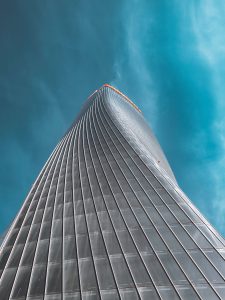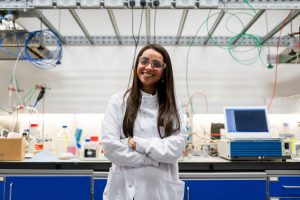Do you have a great idea for a new biopharmaceutical company, but need advice on how to start one?
Excedr has numerous informative articles geared towards budding startup founders. Topics include company formation, legal basics, finance basics, common founder mistakes, lab operations, and IP rights and strategy. Expand your knowledge base here:
Starting an R&D Company? Tips for Founding a New Biotech
Laying the Legal Groundwork
Should You Incorporate Your Biotech Startup in Delaware?
Business Entities: LLC vs. S-Corp vs. C-Corp
Why Do VCs Prefer C-Corporations?
How to Write a Business Plan for Your Life Sciences Startup
Writing a Lean Plan for Your Life Sciences Startup
A Guide to Starting a Diagnostics Outfit or CRO





